10+ Years Experience
Specialist Horse Menages

When it comes to horse owners, having the best surface in the menage is at the top of the list of priorities.
A quality surface can make all the difference to horse performance, but with so many different types – and so many different opinions – where do you even start looking?
We’re here to help you out! In this blog post, we’ll be taking a close look at the best surface materials, comparing their pros and cons, and discussing the best place to buy them.
So put the kettle on, get your feet up, and get ready to learn everything you need to know about choosing the perfect menage surface. Let the digging begin!
Horse menage surfaces are the materials that are used to construct riding arenas and manèges for horses.
An arena or manège is an enclosed area designed for equestrian activities such as exercising, schooling, and competing.
Typically, these arenas are built using a strong, durable foundation of crushed stone, sand, or soil. On top of that lies the horse menage surface material.
The most popular type of surface is a wax-coated fibre and synthetic mixture that reduces dirt kick-up and holds up well against hoof wear and tear, making it optimal for extended use in both competition and casual riding.
This type of surface offers cushioning properties as well as grip, which helps horses perform better.
Studies show that waxed surfaces not only promote horses’ welfare by providing comfort and reducing stress on their joints but can also help them feel more secure while exercising.
Both components of the waxed surface add shock-absorption capabilities which benefit not only the horse’s health but also its performance levels.
On the other hand, some riders prefer an uncoated sand and fibre mixture instead of a waxed one due to its lower cost and improved irrigation drainage system.
While less comfortable on hooves than waxed mixtures, uncoated surfaces provide good traction support jumps but require that extra maintenance be taken to prevent them from becoming rutted or uneven by heavy rains or horses pawing at the ground during the exercise.
No matter what type of horse menage surface riders decide on for their arenas or manèges, what’s most important is that there is plenty of cushioning for the horse’s feet during use to reduce joint stress and promote maximum performance potential.
Footing is the most important factor when it comes to selecting the best surface material for a horse menage.
A combination of sand, rubber and fibre products can be used to create an appropriate professional-grade arena footing.
Given all the considerations mentioned above, let’s take a closer look at the Horse Menage Construction process in the next section.
A closer look at menage construction is key when choosing the best surface for your equine needs.
There are a variety of materials and methods used in constructing a menage which ultimately provides different levels of performance, cushioning, drainage, erosion prevention, durability and cost.
When considering how to construct a menage, it is important to consider the surface’s intended use as this will dictate which type of material should be employed.
Show jumping or dressage disciplines, require resilient surfaces that provide gentle compaction and support during landings after high jumps.
Equally important is the ability of the surface to offer even traction regardless of weather conditions and during underfoot changes.
Poorly constructed menages will demonstrate uneven edges where horses are likely to stumble resulting in poor performance and potential accidents.
Besides taking into consideration the surface material design and function, other components such as drainage should not be forgotten as they influence the long-term condition of your equine arena.
Poor drainage allows water to stagnate and increases chances for weeds to grow or for mud to form – primary causes for slips and falls or potentially more serious injuries in horses.
Ultimately, selecting the right construction method for your menage is essential for rider safety, cost savings from long-term maintenance requirements and providing suitable footing for healthy hoof growth in horses over time.
Choosing the right footing material appropriately then promises both you and your horse hours of safe enjoyable riding experiences ahead.
Choosing the right footing material for your horse menage is an important decision. It will not only play a role in providing comfort to your horse, but it can also have an impact on the wear and tear of the surface material itself.
Several different types of materials can be used to create a horse menage surface, ranging from more natural options such as silica sand to synthetic options such as rubber chippings.
Synthetic materials are typically more expensive than natural alternatives, however, they can often provide better protection against the elements, making them a good choice for surfaces that require maintenance over long periods.
Synthetic materials tend to stay drier longer during wet and rainy weather and they are generally easier to clean up after rain and other moisture-heavy conditions.
They also usually provide more cushion and absorb shock better than natural materials like sand.
Regardless of whether you choose to use a natural or synthetic material for your horse menage surface, certain criteria must be met for it to be considered safe and suitable for horses.
Careful consideration should be made when selecting between these two options, taking into account both performance requirements, budget constraints and long-term maintenance needs.
In the following section, we will discuss the benefits of horse menage surfaces and which type of footing material might best suit your particular needs.

When deciding which horse menage surface is best, it’s important to consider the various benefits a quality surface has to offer.
While some may eliminate the need for a constant deep clean, others will reduce the risk of injury. Still, other surfaces will improve the longevity of a horse’s hooves.
Understanding these different benefits can help you make an informed decision about the type and design of the surface for your horse.
To provide both comfort and benefit from less maintenance, some have opted to combine rubberized material with fine sands and silicas which create an all-weather surface with superior cushioning qualities.
The second main benefit a good menage surface can provide is improved joint protection for horses.
Simply put, investing in an appropriate menage surface offers many advantages beyond its initial cost.
Understanding how different surfaces impact the well-being of horses makes finding the best option easier than ever before.
With all this in mind, let’s now look at how knowing about the design of a menage surface helps you select one that best fits your horse’s needs.
When it comes to designing the surface of a horse menage, there are two very different camps: those who believe that using sand and rubber is best, and those who prefer an all-weather, synthetic option.
Each approach offers its own unique set of benefits, so it’s important to understand the pros and cons of each when making the decision on which type of menage surfacing is best for you and your horse.
Using a sand and rubber mix product is a good choice if you’re looking for a soft surface for your horse. The combination of sand and rubber creates a forgiving material than can help cushion any falls or stumbles from the horse, providing comfort and protection.
Synthetic surfaces are often preferred by professionals because they provide a more consistent riding experience across different weather conditions when compared with natural materials like sand and rubber.
Synthetic surfaces tend to be more durable, requiring less maintenance than sand/rubber surfaces over time, as it is not as prone to erosion or compacting due to water or heavy usage.
Additionally, these all-weather surfaces hold up better against extreme temperatures as well as wet conditions than natural materials do.
It is important to carefully consider both options when deciding on which type of menage surface will work best for your specific needs.
Weigh out the pros and cons of both types before making a final decision to ensure the proper design choice has been made for your unique set-up.
Moving forward, we will take a closer look at safety features like shock absorption capabilities which are essential components for safe riding practices in any horse menage.
Safety and shock absorption are two of the most important features to consider when selecting a horse menage surface.
Riders must prioritize comfort, support and security while avoiding injury to their horse’s joints and tendons.
In general, it is widely accepted that sand-based surfaces such as arena surfaces are safer, as they create an even ground that provides cushioning and prevents joint injuries.
Most manufacturers offer innovative mixes featuring different types of sand or fibre which provide a balance between safety and comfort.
Riders should avoid rock dust or sharp stone chips in menage surfaces, as these may not adequately cushion landings or twists in the event of an unexpected movement from the horse or rider.
In addition to this, if a horse is worked heavily over a long period on a hard surface, there may be other problems such as tendonitis or navicular syndrome which should be addressed.
It is best for the rider and the horse to find a compromise between firmness and cushioning – too much cushioning can make it difficult for horses to gain balance for jumps, and too much firmness can cause injuries.
Ultimately, riders must determine which type of surface offers both safety and shock absorption for their horses’ needs.
With safety and shock absorption considered, the next step is ensuring that your menage has adequate drainage to reduce excessive mud patches and keep the surface free from harmful bacteria.
We will explore this further in the section on drainage and maintenance.
When it comes to horse menage surfaces, drainage and maintenance are perhaps the two most important factors.
Poorly drained surfaces can lead to having a waterlogged riding surface.
Properly draining surfaces can prolong the life of your arena surface, helping you get more time and value out of your investment.
On the other hand, some menages are designed to collect moisture to reduce dust during hot weather and provide cushioning impact during winter while others drain excess water away from the arena floor into a safe area.
The type of drainage you need depends on the specific climate needs of your horses as well as your personal preferences.
Proper maintenance is very important for any horse menage surface. It is an investment not only for its usage but also for its long-term health.
Regularly groomed surfaces should be aerated about once every two months and completely renewed every two to three years.
The key is to inspect your menage often enough that any problems can be discovered early and addressed before they become major issues requiring costly repair.
The importance of good drainage and maintenance cannot be overstated when it comes to selecting a horse menage surface.
Ensuring these elements are tended to according to best practices will help protect against common issues like water-logged ground, poor hoof care, and wasteful costs due to premature replacement or repairs.
With that said, let’s move on to the next aspect of selecting a menage surface: installing it effectively.
Installing a Horse Menage Surface is a complex process that requires careful planning and considerable labour.
Whether you are installing the surface yourself or hiring professionals to do the work, there are important aspects to consider before beginning the project.
When installing a Horse Menage Surface, the base layer must be properly prepared for the new surface to be properly integrated.
This usually involves removing old material to make way for the new surface and ensuring that the underlying layer is evenly compacted and level for stability.
If the ground is not correctly prepped, it could result in uneven spots in the area, as well as overall instability of the menage surface.
Another important factor to consider when installing a Horse Menage Surface is drainage. There must be adequate drainage so that water does not pool during rain events or after heavy wear from use.
It is also important that any chemicals used to help protect against weed growth, mould, or other unwanted pests do not accumulate to unsafe levels underground.
Installing drains and collecting systems can help ensure proper drainage and avoid dangerous ground pools forming underneath the surface of the menage.
A final element of consideration when it comes to installing a Horse Menage Surface is depth and orientation.
Different types of surfaces require different depths of installation to work optimally – some may need only a few inches while others may require two or more feet of installation.
It’s important to take your specific needs into account when evaluating what depth and orientation you should go with for your menage surface installation.
Installing a Horse Menage Surface can be a costly endeavour, depending on how much area needs coverage, but with correct planning and preparation, it can also be an excellent investment that will last you for many years.
With all these factors in mind, let’s now move on to exploring alternative options for Horse Menage Surfaces available today.
When it comes to choosing the best surface for a horse’s menage, there are many different options.
Although sand is the most popular choice among horse owners, there are many alternative surfaces available.
Synthetic Surfaces: Synthetic surfaces can be an excellent option for horse menages as they provide a soft, cushiony surface that helps absorb impacts and reduce the risk of injury or strain to horses’ joints.
Synthetic surfaces also tend to require less maintenance compared to sand and other natural materials, as they usually come pre-installed with a layer of cushioning.
Rubber Arena Chips: Rubber chips are an increasingly popular option among horse owners, as they provide a soft surface that is virtually maintenance free. Unlike sand, rubber chips do not create dust or need refilling when the material packs down over time.
In addition, rubber chips are more resistant to weather damage and remain stable in wet weather conditions.
Although horse owners need to weigh out the pros and cons of each type of surface before making a decision, there certainly is no shortage of options from which to choose when considering the best surface for your horse’s menage needs.
With diligent research and planning, any one of these alternatives can make an excellent choice in terms of safety and comfort for your beloved mounts!
Different types of surfaces used in a horse menage require different levels of maintenance.
Sand is the most common and widely used surface, and it must be regularly worked to assure an even depth and that any stones or other debris are removed. Footing should also be added occasionally to retain softness and cushioning.
Other materials such as synthetic rubber need to be checked regularly for cracks, divots and lack of cushioning. Rubber surfaces may need to be watered depending on the temperature to prevent drying out.
Fibres like sand can shift over time, leaving uneven footing; they may therefore need regular grooming with a drag harrow or mats to keep them even.
Waxed-sand surfaces are less likely to require profound maintenance; however, occasional watering and dragging are still recommended.
It is important to assess the condition of all menage surfaces frequently, regardless of the material, to ensure that it remains safe for horses.
No matter what type of surface you choose for your horse menage, it is important to periodically check it for signs of wear and tear or compaction.
By ensuring your surface meets your needs and remains in good condition, you can provide a safe environment for your horses to enjoy exercise and leisure activities.
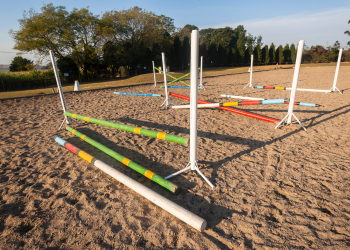
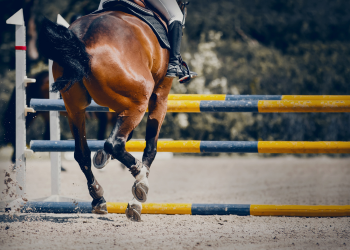
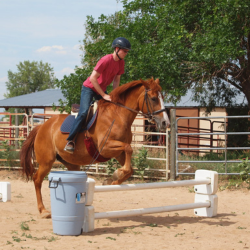
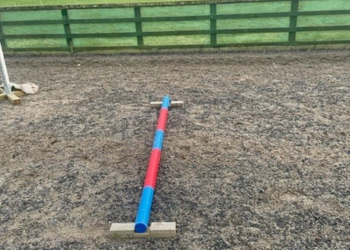
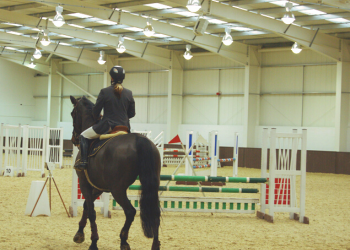
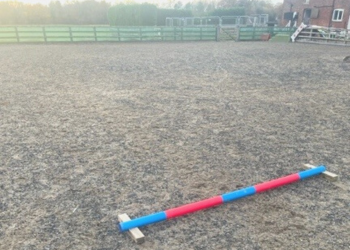
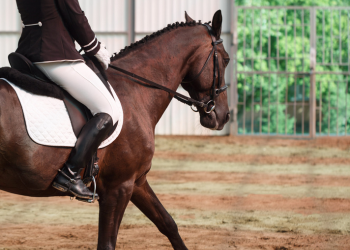

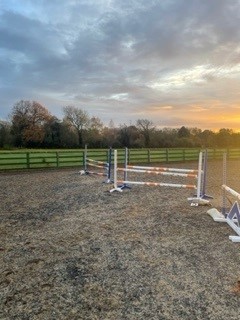
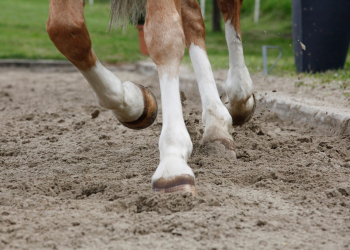
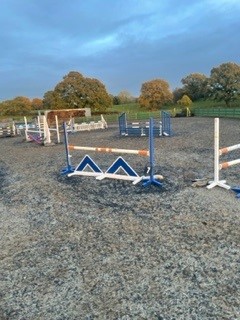
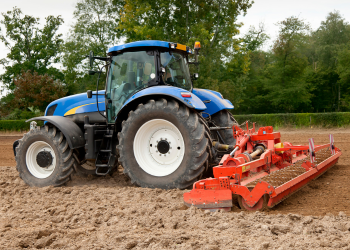

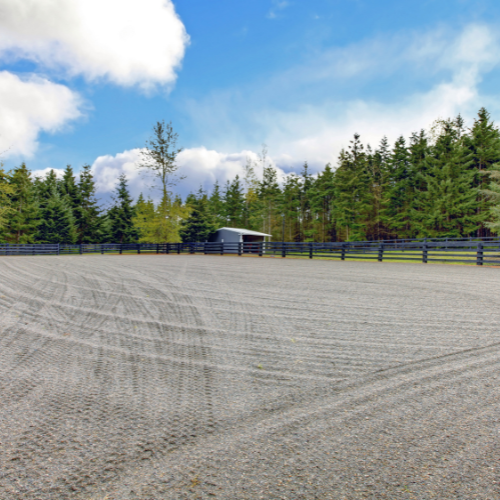

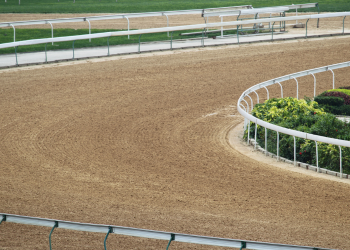
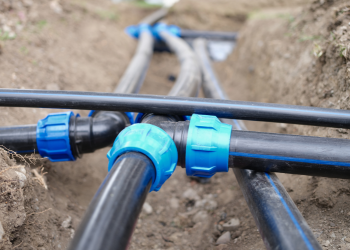
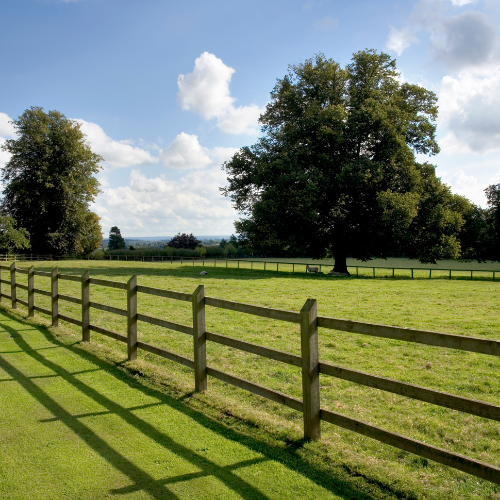
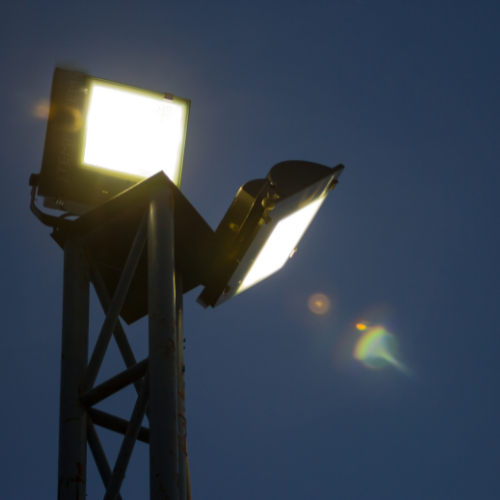
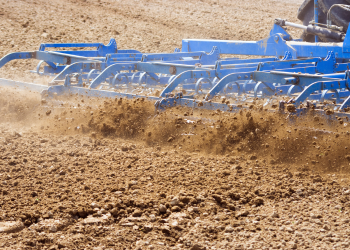
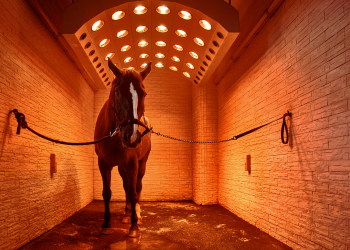


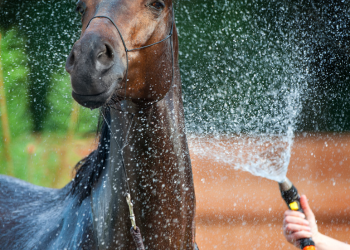
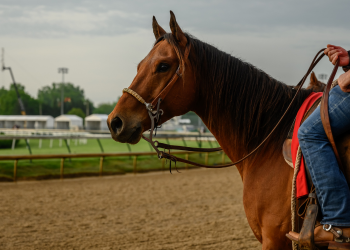
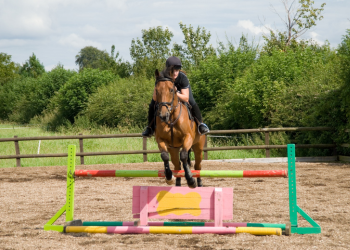
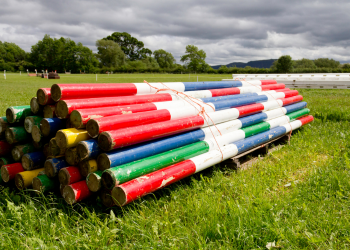
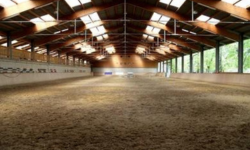
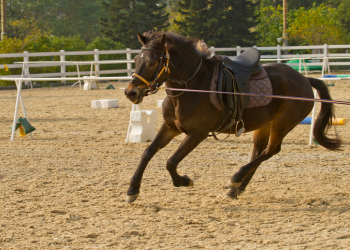
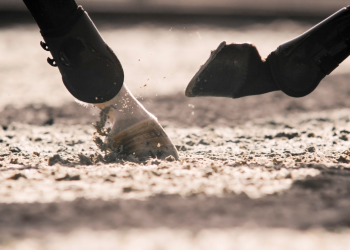
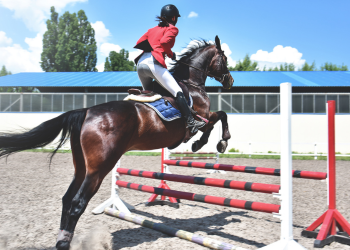
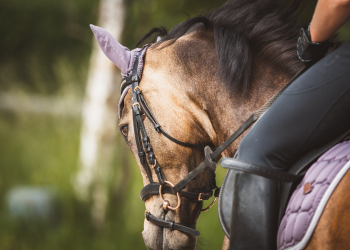
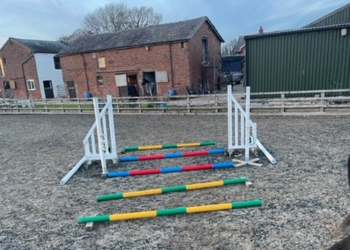

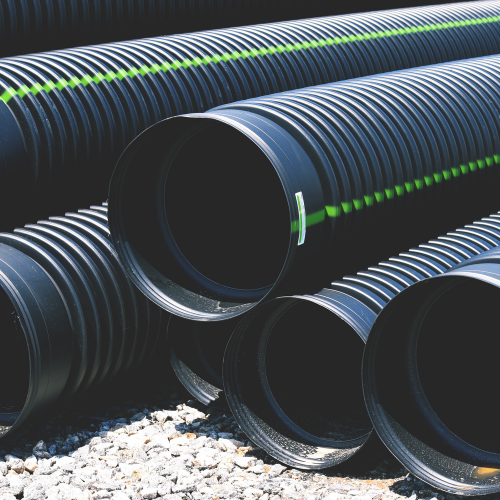
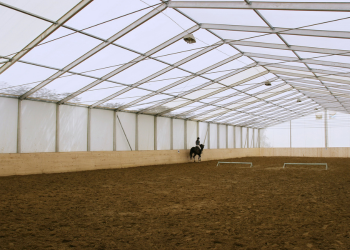
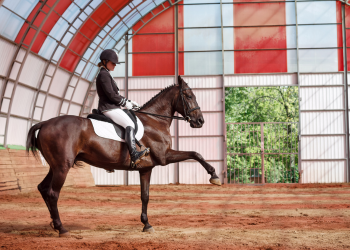
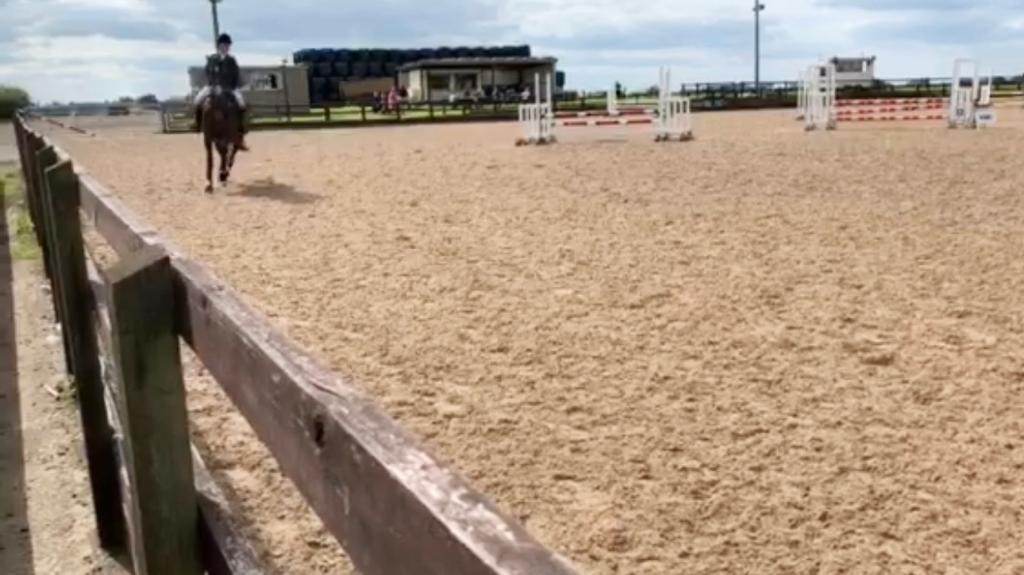
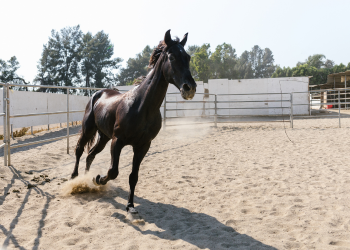
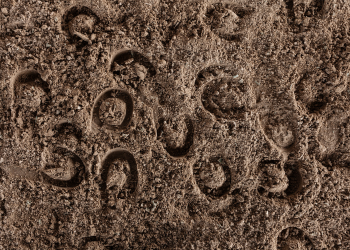

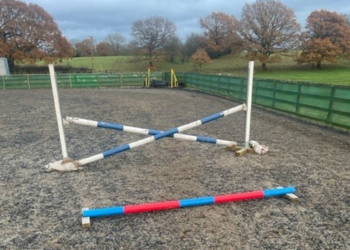

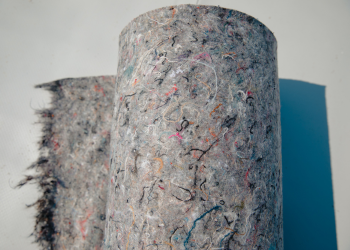
We Aim To Reply To All Enquiries With-in 24-Hours